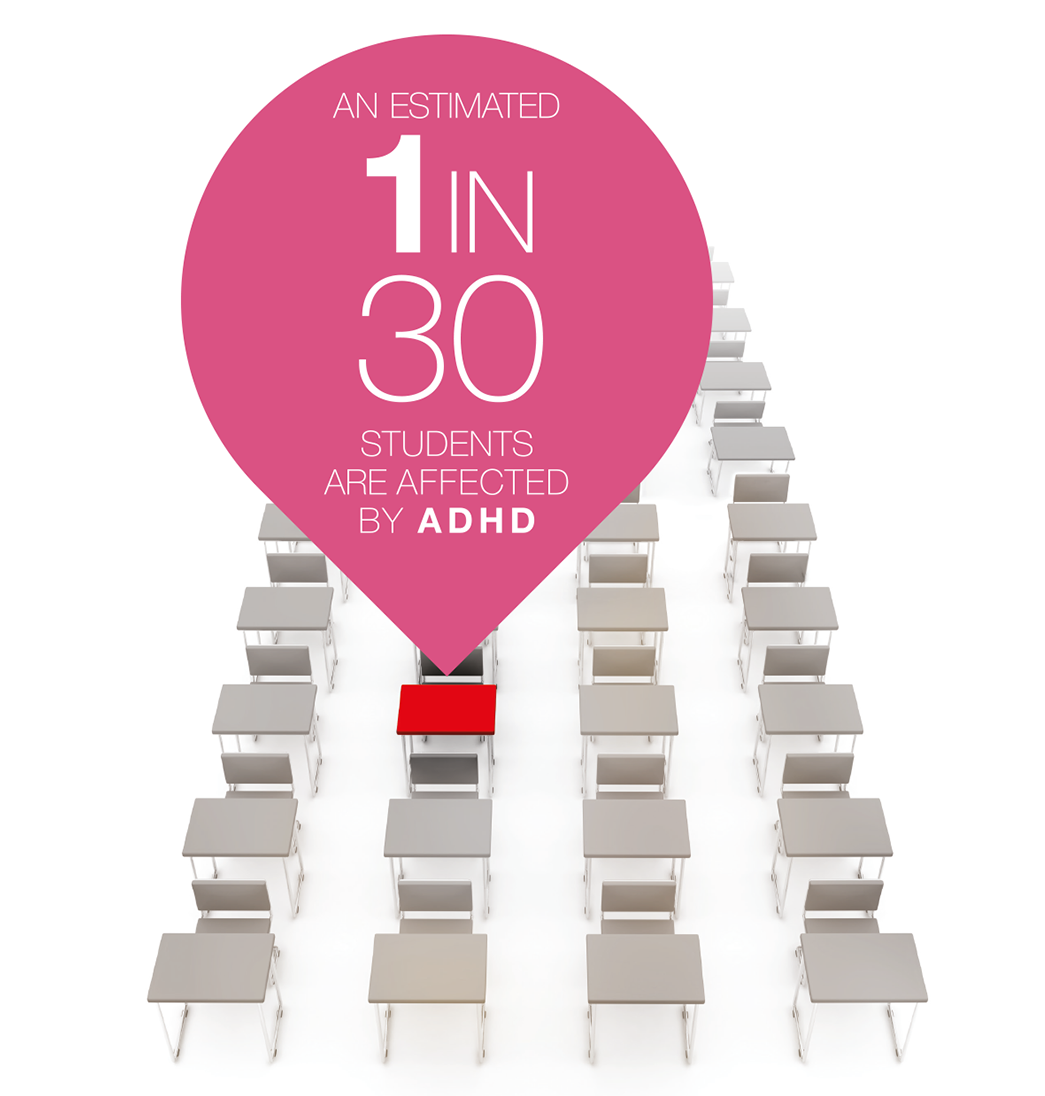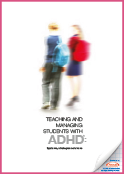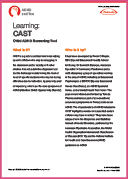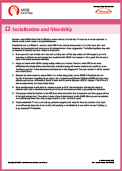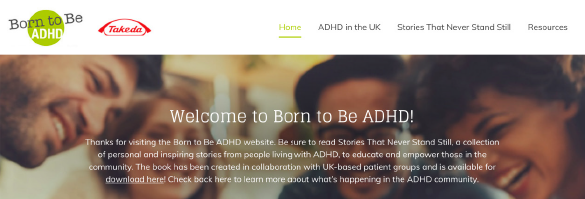ADHD is a well-recognised developmental disorder that may result from a number of risk factors. It is often inherited, and genetic factors can have an influence in the causation of the majority of students with ADHD. It tends to run in families and there is an increased frequency of ADHD in first-degree relatives of students with ADHD.
Other risk factors include low birth weight, smoking, taking opioids or drinking alcohol during pregnancy, brain injury and lack of oxygen at birth, as well as some conditions such as epilepsy.
ADHD is estimated to affect about 2–5% (around 1 in 30) students at school.* The ‘core symptoms’ are usually present before the student is 12 years of age and can persist throughout their school life.
ADHD is more common in boys than girls (by 5:1). In some cases the condition can seem to affect genders in different ways. Though both can have attentional problems, boys are often reported as exhibiting overactive features and as a result can be perceived as more difficult to manage. Though girls with ADHD can exhibit hyperactive and impulsive symptoms, a number with inattentive symptoms are harder to detect in busy classrooms. As a result, their needs are often overlooked.
*In a non-selective mainstream school

